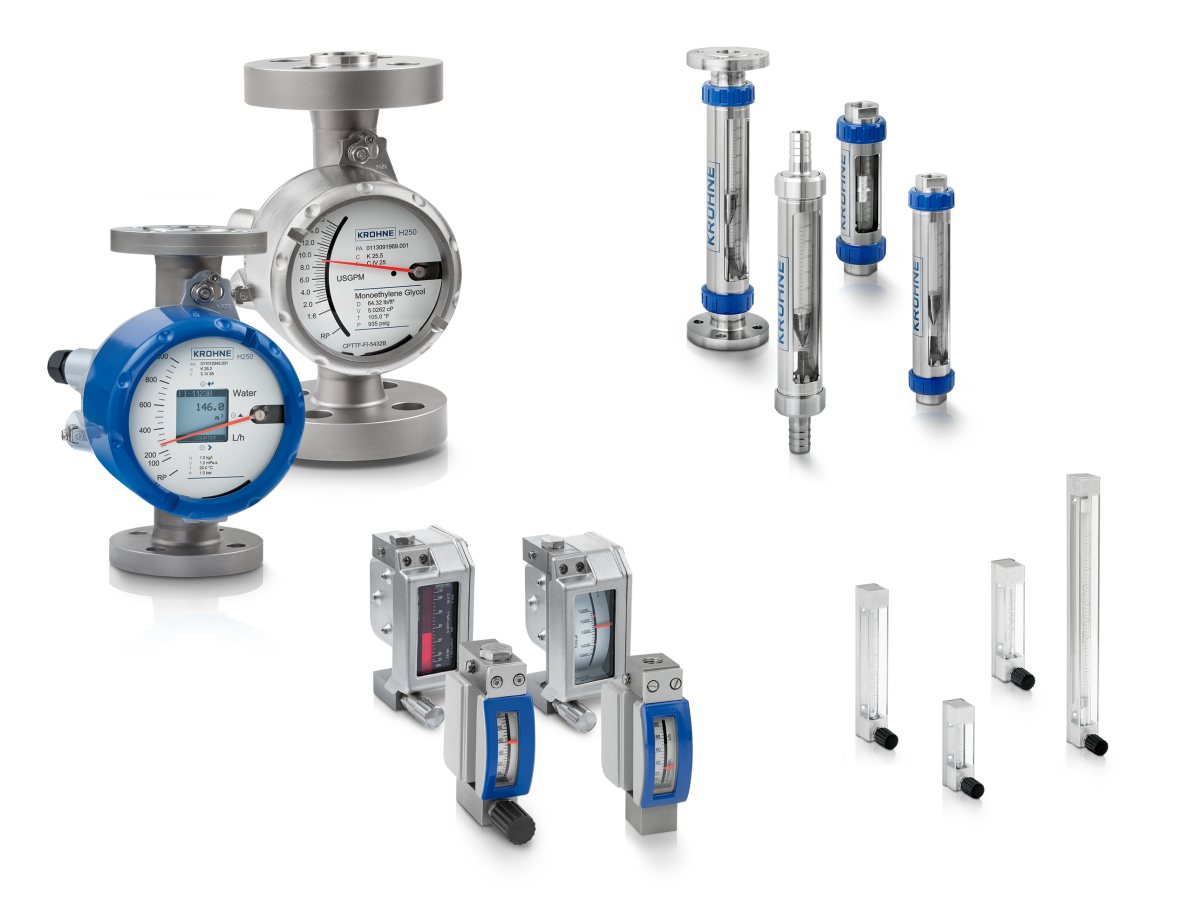Water Flowmeter: Various Types and Applications

Flow meters measure the number of gases and liquids traveling through a pipe. However, a water flow meter explicitly measures the amount of flowing water in a line. Water flow mechanical types operate by measuring the speed of the flowing water through a pipe, leading to the rotation of the piston or turbine.
The flow rate volume of the flowing water is proportional to the speed of the rotating turbine. These flowmeters have high maintenance costs due to clogging up when the flowing water is dirty or contains large solid particles. Mechanical water flow meters do not measure the water flow rate when there is a low water flow.

This article will major on the water flowmeter types and their applications.
Types of water flow meters
Water flow meters usually come in four major types, namely;
1.Ultrasonic flowmeters
2.Turbine flow meters
3. Vortex flowmeters
4. Electromagnetic flowmeters
1.Ultrasonic flowmeters
Ultrasonic flowmeters use ultrasound to measure fluid speed and to obtain flow rate volume. A transit time ultrasonic flow meter transmits the signal in the fluid flow direction, usually downstream or upstream. It then gets the velocity flow by comparing the traveling time of the two signals.
The meter calculates the flow rate volume using the velocity values. The difference between the cold and hot leg conditions is good in measuring the temperature and energy. Clamp-on ultrasonic meters usually send a signal on the pipe wall to measure the outside water flow.
Features of ultrasonic flowmeters
Here are some features of Ultrasonic Flowmeters:-
i)Ultrasonic flowmeter is insensitive to vibrations.
ii) Ultrasonic flowmeters are usually fluid independent.
iii) It provides continuity and batch dosing.
iv) It has a PID. A controller is built inside the system.
v) Ultrasonic flowmeters have a design and hygiene structure in their body.
Applications of ultrasonic flowmeters
i)Ultrasonic flow meters are used in the pharmaceutical industry.
ii) Ultrasonic flowmeter measure the flow in the wastewater industry.
iii) Used in the food and beverage industry.
iii) Used in chemical industries.
iv) Used in paper and pulp.
v) Used in the food and beverage industry.
vi) Used in measuring slurries and sewage systems.
2. Turbine flowmeters
Turbine flow meters, also known as mechanical flow meters, are the most economical flow meters which measure the flow through rotating a propeller, paddle wheel, or shunt design. It does so by speed measurement of water flowing in the pipe that displaces the piston or causes rotation of the paddle.
The flow rate volume of water is usually proportional to the speed of the blades rotating. The negative side of turbine flow meters in the measurement of water is that they clog up in dirty water or water that contains large solid particles, which makes the devices require frequent repair, hence high maintenance costs.
Turbine flow meters also don’t sustain conditions where there is low water flow.
Applications of turbine flow meters
i)Turbine flow meters help install pipelines like offloading of small pipes, metering stations, chemical injection, and truck loading stations
ii) Turbine flow meters are essential in the disposal of Wells since the production of water from the wellheads through the tank gets distributed for storage in the disposal site. It is why the turbine flow meters form the best in measuring the injected water volume.
iii) Turbine flow meters help in oil scrubbing from the wellheads and ensures the proper flow measurement of injected water into the well.
iv)Turbine flow meters are used to measure clean and dry gases and liquids.
3. Vortex flowmeters
Vortex flowmeters use a shed of vortices known as swirls which come out when fluid travels past an obstruction like air current across a wing or flowing water in a rocky stream. A sensor tab in this flow meter usually flexes sideways, making each vortex flow higher, leading to production off frequency directly proportional to the flow rate volume.
In multivariable vortex flow meters, up to five variables can be determined with one connection; density, mass flow rate, volumetric flow rate, temperature, and pressure.
Applications of Vortex Flowmeters
i)Vortex flow meters are used in the measurement of steam.
ii) Used in liquid chemicals and pharmaceuticals.
iii) Used in custody movement of natural gas metering.
iv) Used in the suspension of liquid flow.
v) Used in general applications of water.
4. Electromagnetic flowmeters
Electromagnetic flowmeters, also known as magnetic flow meters, operate under Faraday’s magnetic law of induction which states that when a liquid flows through a magnetic field, it generates voltage. An increase in the flow leads to a rise in voltage generation and vice versa.
The produced voltage is directly proportional to the water movement, and the electronics process the voltage signal into the flow rate volume.
Applications of Electromagnetic Flowmeters
i)Electromagnetic flow meters help measure the flow rates of combustible fuels in petroleum plants.
ii) This is use to quantify portable water.
iii) They measure the displacement of paints, abrasive and explosive liquids.
iv) Used in measuring slurries.
Positive Displacement Flow Meter
Positive displacement flow meters work by calculating or distributing the identified gas or liquid volume. Flow measurement can be obtained by counting the number. From the accepted personal volume. Each counter contains its own special mechanism for calculating the volume of liquid in a certain unspecified state. … cycle. These measuring devices provide high accuracy and good reproducibility and do not require a power supply or direct up and down conductors for installation.
Differential Pressure Flow Meter
The working principle of the instrument is to not completely block the fluid flow in the pipeline, thereby creating a static pressure difference between the rising and falling parts of the equipment. The pressure difference can measure to determine the fluid flow rate. % Of these meters are used for industrial measurement of various liquids, such as gases and very viscous liquids. They are very popular because of their simple design and low cost.
Conclusion
A flowmeter is an essential device in many industries. The type of application will determine the best flowmeter to use on the measurement. Your budget can also contribute to which flow meter to use.





